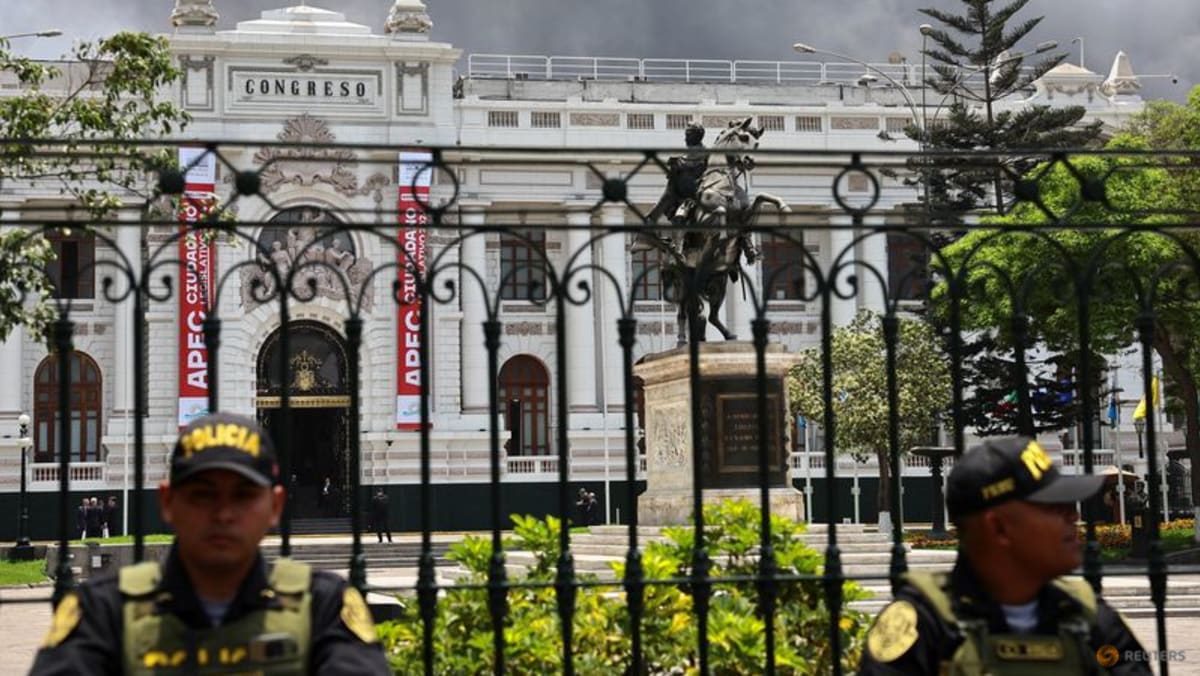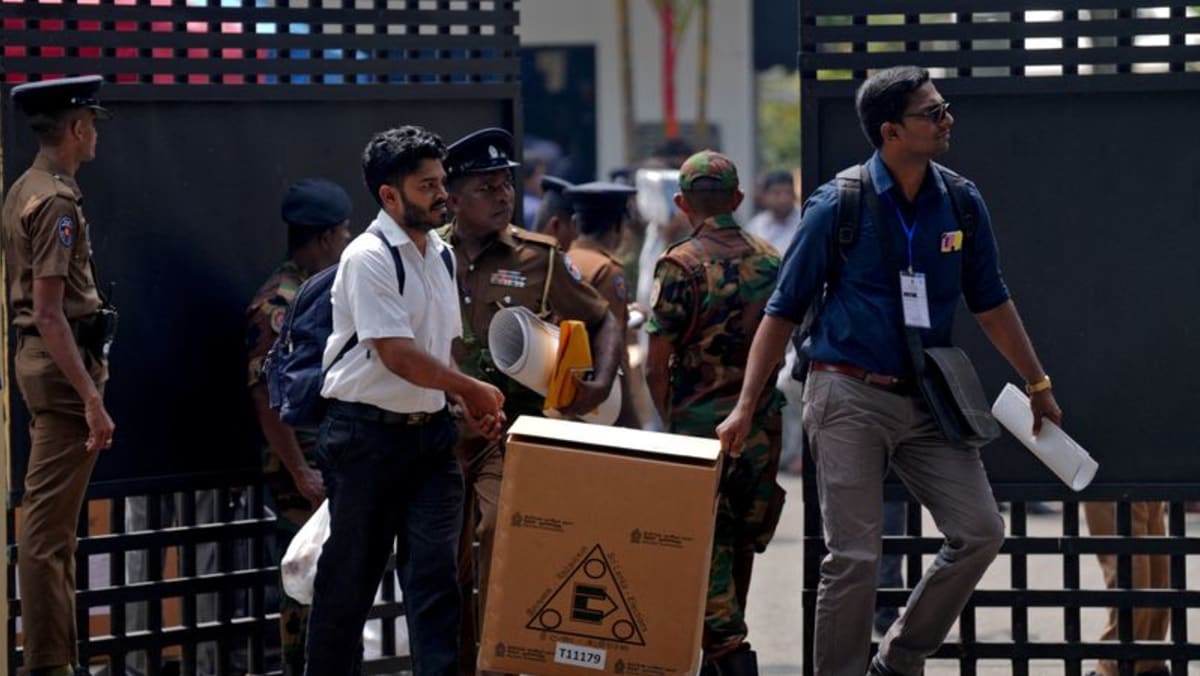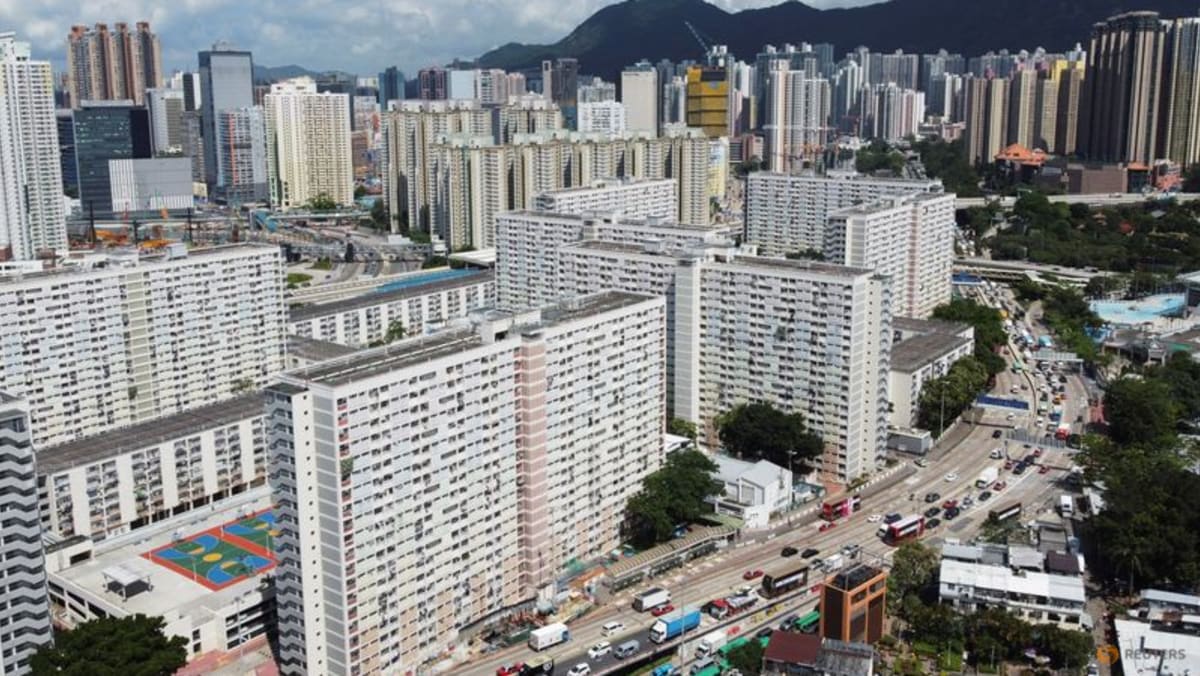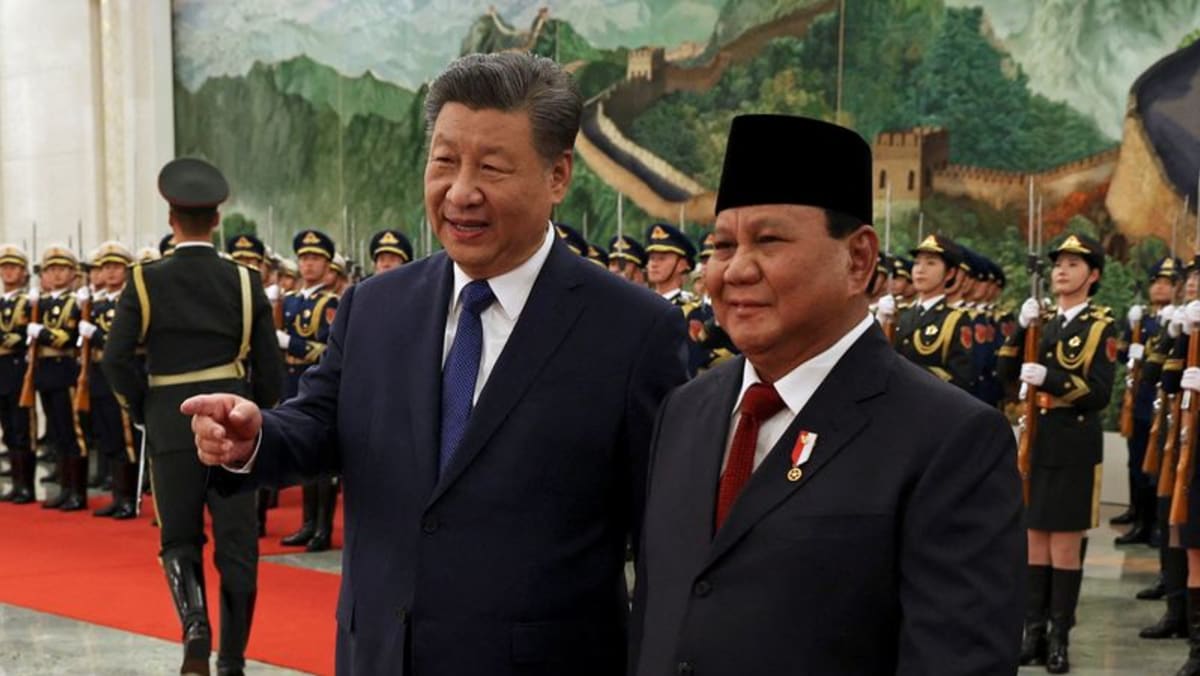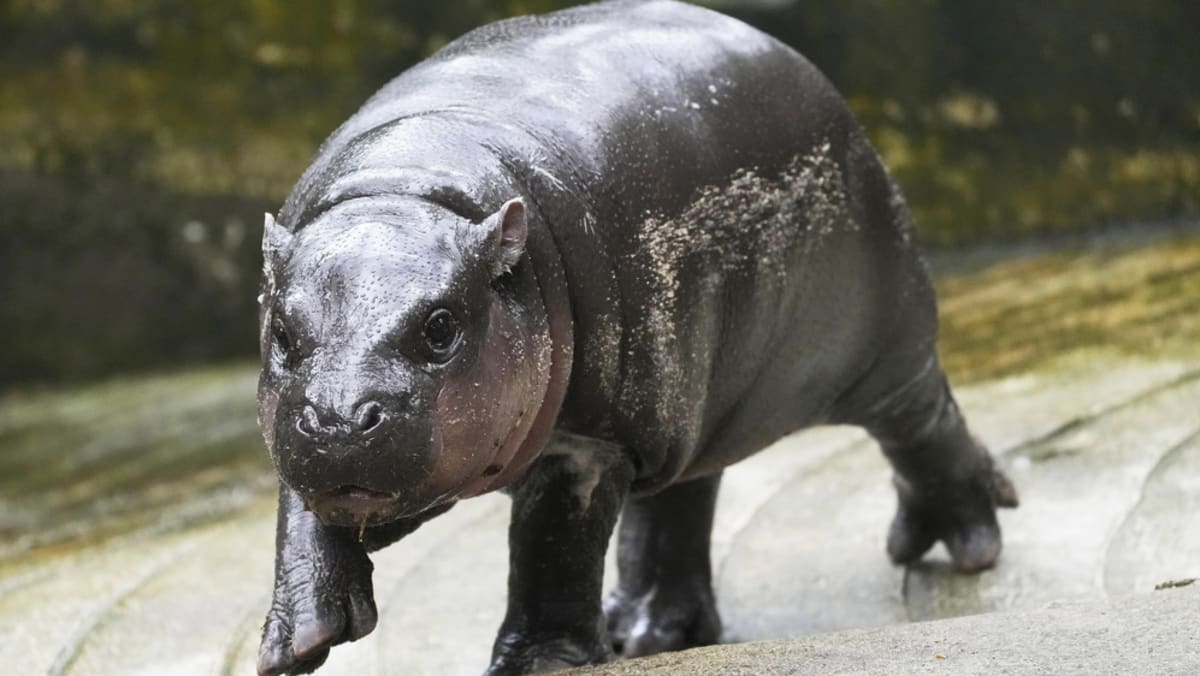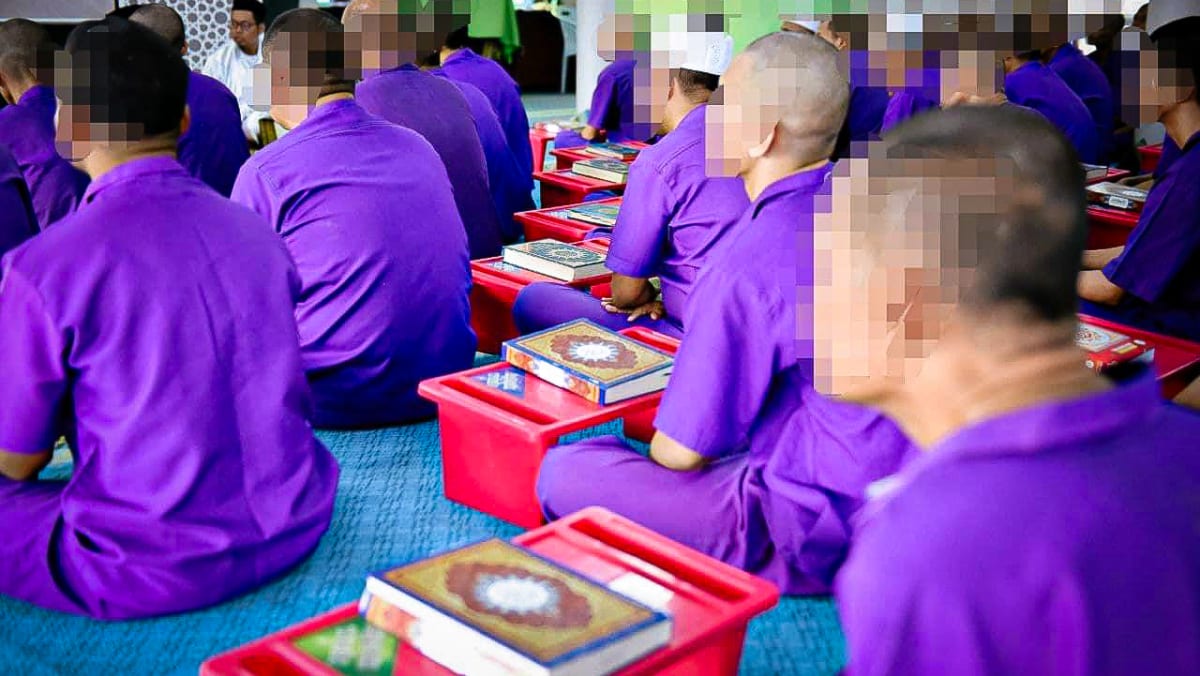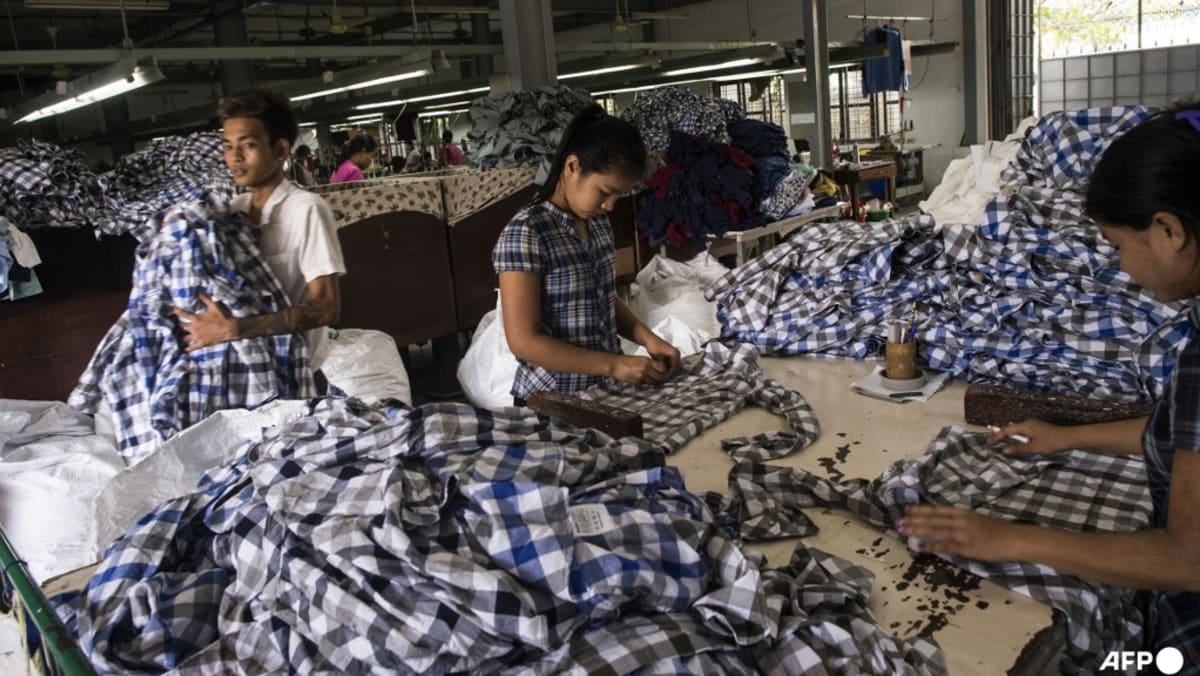IAEA endorses Japan plan to release treated Fukushima water
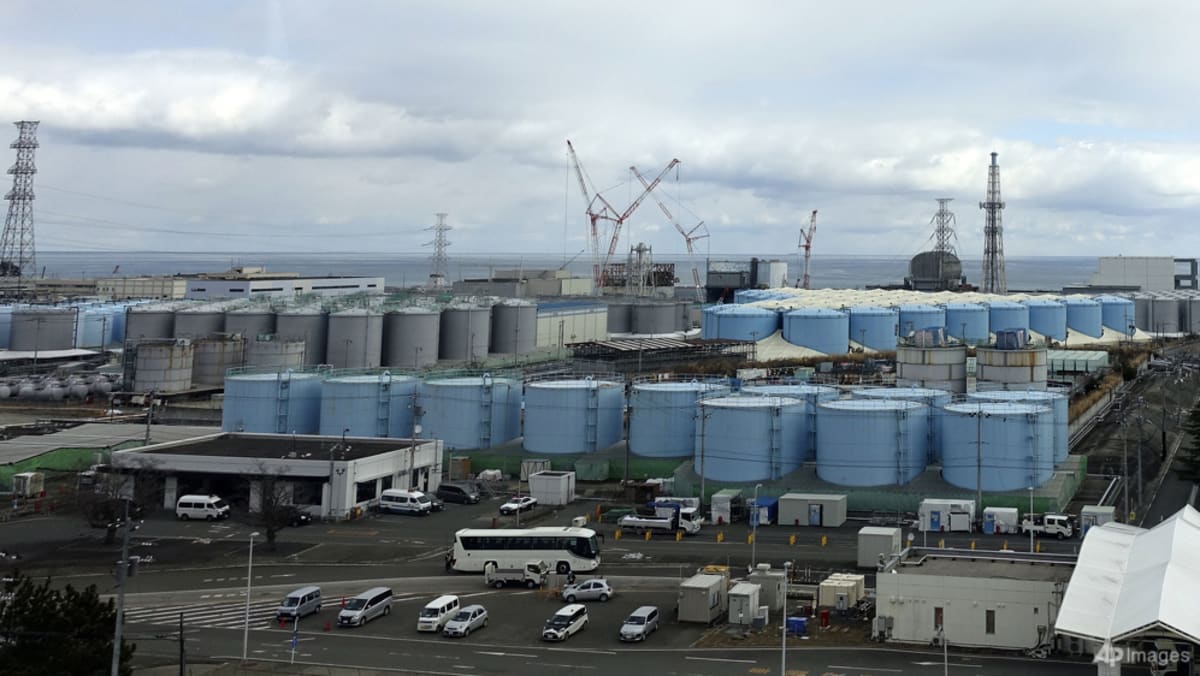
The resulting nuclear accident was the worst since Chernobyl, and the clean-up has lasted more than a decade, with most areas declared off-limits due to radiation now reopened.
Decommissioning the plant itself will take decades more, but the facility’s operator TEPCO faces the immediate problem of more than 1.33 million cubic metres of water accumulated on the site.
The water is a mixture of groundwater, rain that seeps into the area, and water used for cooling.
It is processed through a facility that TEPCO says removes almost all radionuclides but tritium, which commonly remains in wastewater discharged into the sea by nuclear plants globally.
The proposal had already been provisionally endorsed by the IAEA, but the government said the release would only begin after the “comprehensive review” that IAEA chief Rafael Grossi presented on Tuesday.
“A review by IAEA, given how authoritative it is in the management and application of nuclear safety standards, is critical to our efforts to foster international understanding,” top government spokesman Hirokazu Matsuno said on Tuesday.
Still, the release remains controversial, with China vocally criticising the plans, and some in South Korea panic-buying salt over fears of contamination after the discharge begins.
Fishing communities in Fukushima are also worried customers will shun their catches, despite strict testing protocols for food from the region.
Speaking after talks with Japan’s prime minister and foreign minister, Grossi said the IAEA had spent two years reviewing the release plan, including testing water at its labs and sending samples to independent facilities.
“This process of dilution and chemical and other filtration is nothing new. It’s something that exists in the industry,” he added, pointing to similar releases by plants from China to France.
“We recognise that there are concerns,” he said, pointing out that the IAEA will open a permanent office at the Fukushima site to continuously monitor the release process.
Japan has said the release will start this summer, without giving further details, and government spokesman Matsuno said that was still the plan.
“We will thoroughly explain and communicate, both domestically and internationally, details of the IAEA report, our effort to ensure safety and measures against reputational damage,” he added.
Source: CNA




